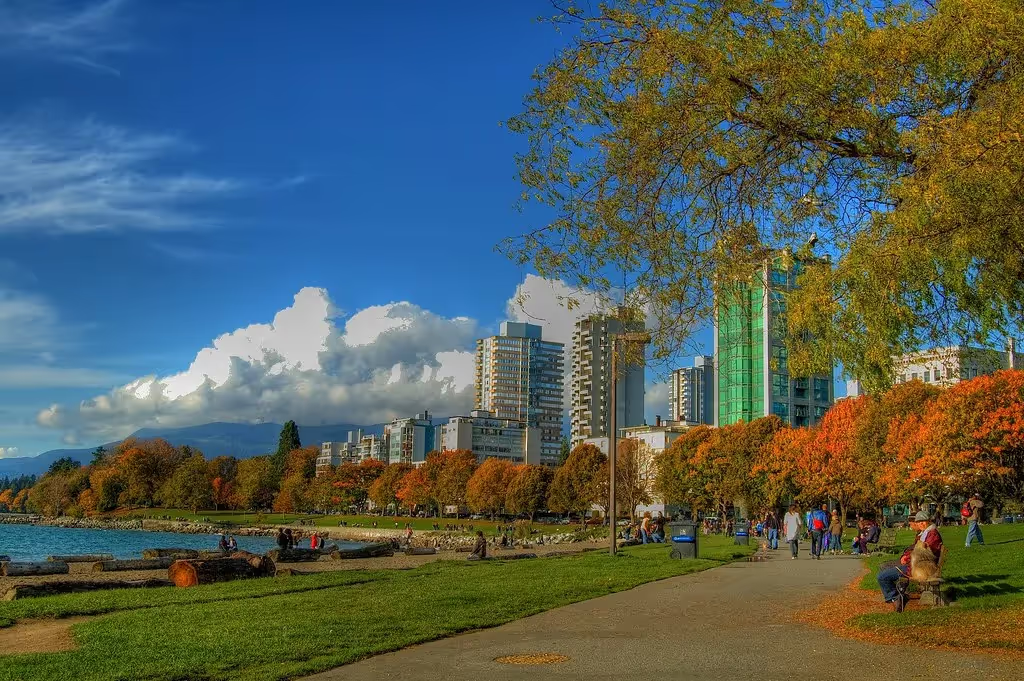A biweekly newsletter with public space news, resources, and opportunities.
A curated dispatch on all things public markets plus the latest announcements from the Market Cities Program.
Please note that these Hall of Shame nominations were written in a moment in time (most over a decade ago) and likely have since changed or even been transformed. If the above entry is now great, or still not so great, go ahead and comment below on how it has evolved or nominate it as a great place.


Upon first glance, few would guess that the “world’s largest uninterrupted waterfront path” was also a measure against flood risk. But when construction on Stanley Seawall began in 1917, its design was intended as a measure of flood protection along the waterfront edge of Vancouver’s Stanley Park. Beyond creating an inactive flood-resistant hardscape, designers of the seawall created one of the city’s best-loved destinations for pedestrians and cyclists. The path connects destinations throughout the city, like the Vancouver Convention Center and Spanish Banks Park, and expertly blends “hard” resilience with everyday recreational use.
*Please note that these Hall of Shame nominations were written in a moment in time (most over a decade ago) and likely have since changed or even been transformed. If the above entry is now great, or still not so great, go ahead and comment below on how it has evolved or nominate it as a great place.